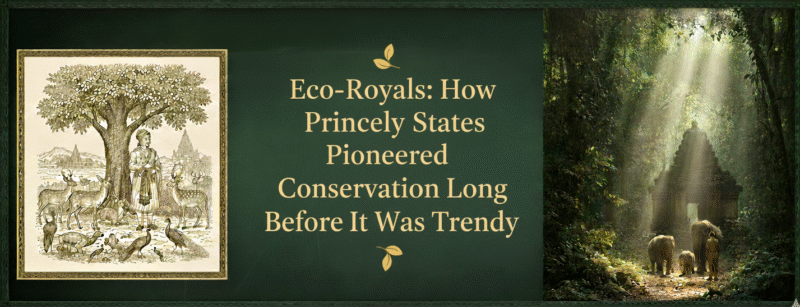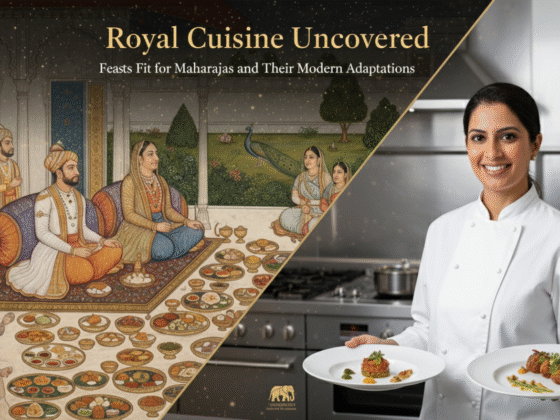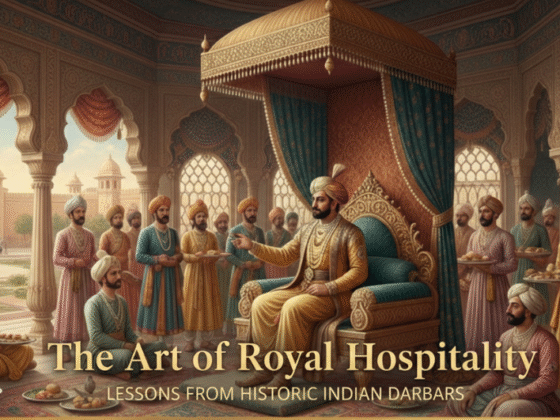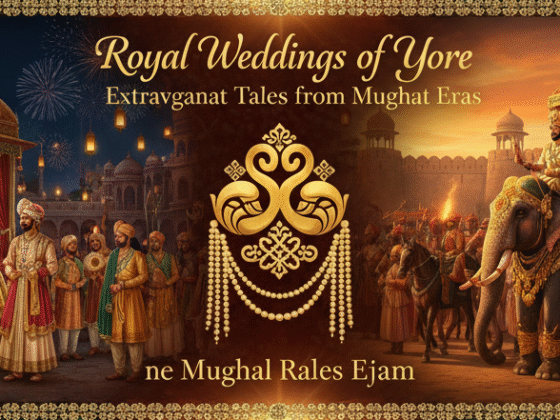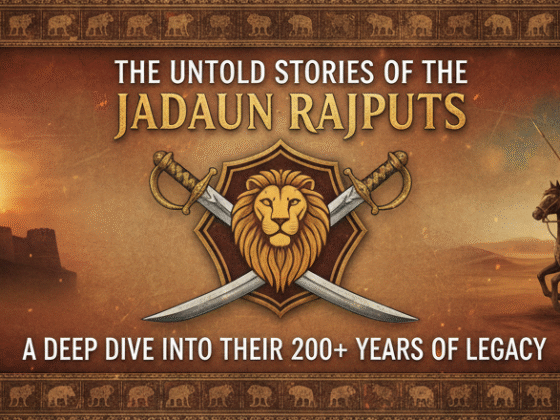Introduction to eco-royals and their role in conservation
Imagine wandering through lush forests, spotting exotic wildlife, and encountering vibrant ecosystems—all while knowing these natural wonders were once nurtured by the hands of royalty. Welcome to the world of eco-royals, where princely states took it upon themselves to protect nature long before environmentalism became fashionable. These royal figures understood that their legacies would be intricately tied to the land they governed and its inhabitants.
While today we often hear about sustainability from celebrities and influencers, this passion for conservation has deep roots in history. Eco-royals have led remarkable initiatives that set a precedent for stewardship centuries ago. From preserving vast territories teeming with biodiversity to spearheading groundbreaking conservation efforts, these rulers played pivotal roles in shaping our understanding of ecological balance.
Join us as we explore how eco-royals pioneered conservation efforts well ahead of their time—efforts that continue to influence modern-day practices and inspire individuals across the globe toward a more sustainable future.
The history of princely states and their relationship with nature
Princely states, often characterized by their opulence and tradition, had a unique bond with nature. Their vast lands were not only symbols of wealth but also repositories of biodiversity.
For centuries, rulers viewed their territory as an extension of themselves. They cultivated forests for hunting and established reserves to protect endangered species. Such practices weren’t merely about leisure; they embodied a deep respect for the environment.
Royal families often engaged in sustainable practices long before modern environmentalism emerged. Many invested in landscape conservation, recognizing that healthy ecosystems supported both wildlife and their livelihoods.
The gardens, lakes, and parks created by these royals served as havens for various flora and fauna. This intrinsic relationship laid the groundwork for future conservation efforts across India and beyond. Embracing this legacy offers valuable lessons on sustainability today.
Case studies of eco-royals and their conservation efforts
One striking example of an eco-royal is the Maharaja of Mysore, who established one of India’s first wildlife reserves in 1902. This visionary leader recognized the need to protect endangered species and created a sanctuary that still thrives today.
In Bhutan, King Jigme Singye Wangchuck introduced the concept of “Gross National Happiness,” emphasizing environmental sustainability alongside economic growth. His policies have led to vast forest conservation efforts, making Bhutan one of the world’s greenest nations.
Another notable figure is Prince Charles, who has championed organic farming for decades. His estate at Highgrove showcases sustainable agricultural practices while promoting biodiversity.
These case studies illustrate how princely states adopted innovative approaches toward conservation long before modern initiatives emerged. By prioritizing nature within their realms, these eco-royals set precedents that continue to inspire global conservation efforts today.
Impact of eco-royals on modern-day conservation practices
Eco-royals have left an indelible mark on modern conservation practices. Their early efforts laid the groundwork for sustainable stewardship, inspiring a new wave of environmental awareness.
Initiatives established by these royal figures often showcased innovative approaches to wildlife protection and habitat preservation. Their royal estates became sanctuaries for endangered species long before contemporary conservation was mainstream.
Today, many non-profit organizations draw from the eco-royals’ legacy. They incorporate traditional knowledge with cutting-edge science to tackle pressing environmental issues. This blend fosters community engagement and encourages local involvement in sustainability efforts.
Moreover, the prominence of eco-royals continues to attract global attention, igniting interest in conservation among influential figures today. The narratives surrounding their endeavors serve as powerful case studies that motivate individuals and communities alike to adopt greener practices.
Through artful storytelling and authentic commitment, they remind us that preserving nature is not just a trend but a timeless responsibility we all share.
Criticisms and controversies surrounding eco-royals’ conservation efforts
Criticism often shadows the efforts of eco-royals. While their initiatives have garnered admiration, some argue they can be more symbolic than substantive. Skeptics question whether these endeavors genuinely prioritize environmental welfare or merely serve as a public relations tool.
Moreover, accusations of elitism arise. Many feel that the luxurious lifestyles of royals clash with grassroots conservation needs. The disconnect between high-profile projects and local communities can create friction, leading to skepticism about intentions.
Additionally, there are concerns regarding land usage and wildlife management practices employed by eco-royals. Some conservation strategies might inadvertently disrupt local ecosystems or disenfranchise indigenous populations reliant on those resources.
These complexities highlight the multifaceted nature of conservation work within princely states. They reveal how well-intentioned actions may sometimes miss the mark in addressing deeper environmental issues and social injustices embedded in ecological challenges.
How non-royal individuals can follow in the footsteps of eco-royals for a more sustainable future
Embracing sustainable practices doesn’t require a royal title. Each of us can champion the cause, just like eco-royals did.
Start by connecting with nature in your daily life. Plant native species that attract local wildlife and improve biodiversity. Every garden can become a sanctuary.
Reduce waste by adopting a minimalist lifestyle. Think critically about purchases and aim for quality over quantity. Small changes accumulate rapidly.
Support local conservation efforts through volunteering or donations. Many organizations rely on community involvement to thrive.
Educate yourself and others about environmental issues. Share knowledge within your social circles to inspire collective action.
Advocate for policies that protect natural habitats and promote sustainability at all levels of government. Your voice matters in shaping the future of our planet’s health!
Conclusion
As we delve into the intriguing world of eco-royals, it’s clear that their influence on conservation extends far beyond mere privilege. These princely states were often pioneers in environmental stewardship long before contemporary movements took shape. Their unique relationship with nature shaped not only landscapes but also cultural legacies.
By exploring case studies of notable eco-royals, we discover a rich tapestry of initiatives aimed at preserving biodiversity and promoting sustainable practices. Whether through protected wildlife reserves or community-led conservation programs, these efforts have left an indelible mark on ecosystems worldwide.
The impact of these royal figures can be felt today. Modern conservation practices owe much to the groundwork laid by historical leaders who prioritized ecological balance alongside their regal duties. However, it’s essential to recognize that this legacy is not without its criticisms and controversies. Some argue that the romanticized view of eco-royals overlooks complex issues such as land rights and social inequality.
Yet, there’s a silver lining for everyday individuals inspired by these stories. Anyone can contribute to sustainability efforts by adopting environmentally friendly habits or supporting local conservation projects. The spirit of eco-royalty is accessible; it thrives in every action taken towards protecting our planet.
Embracing the lessons from history opens doors for a more harmonious coexistence with nature—an endeavor worth pursuing for all generations ahead.


